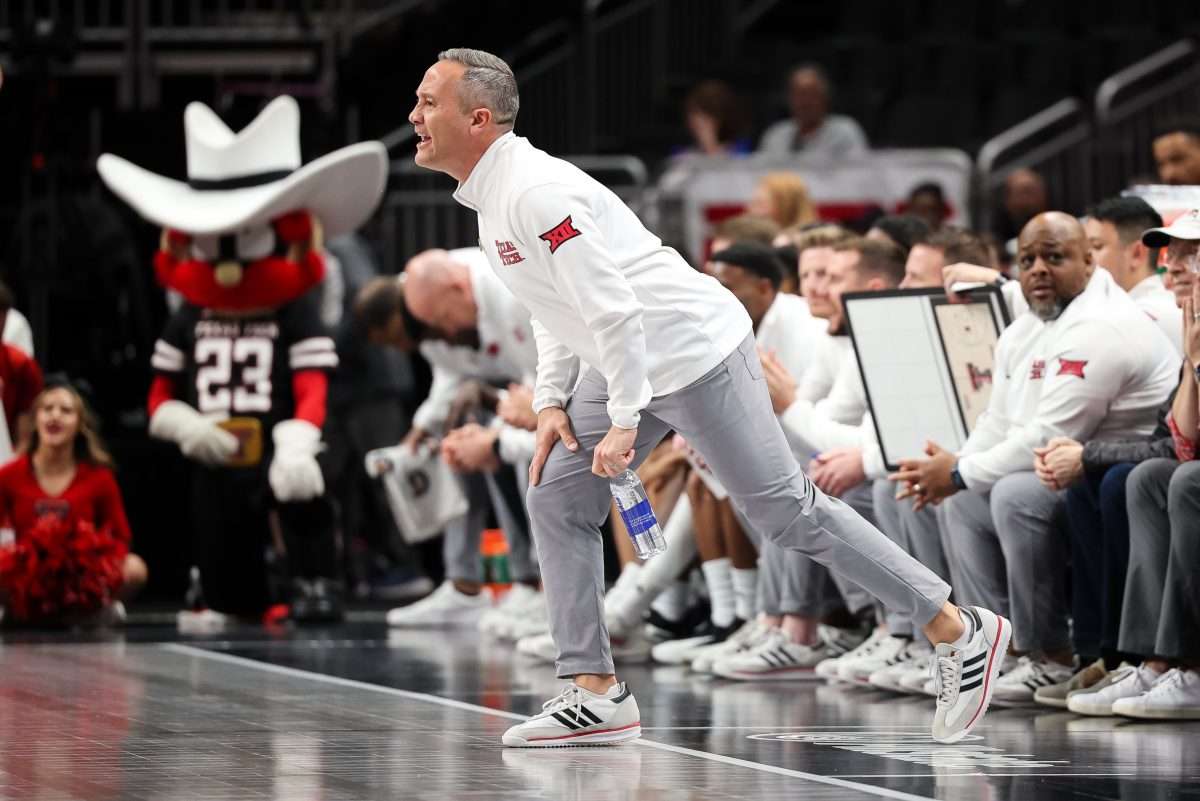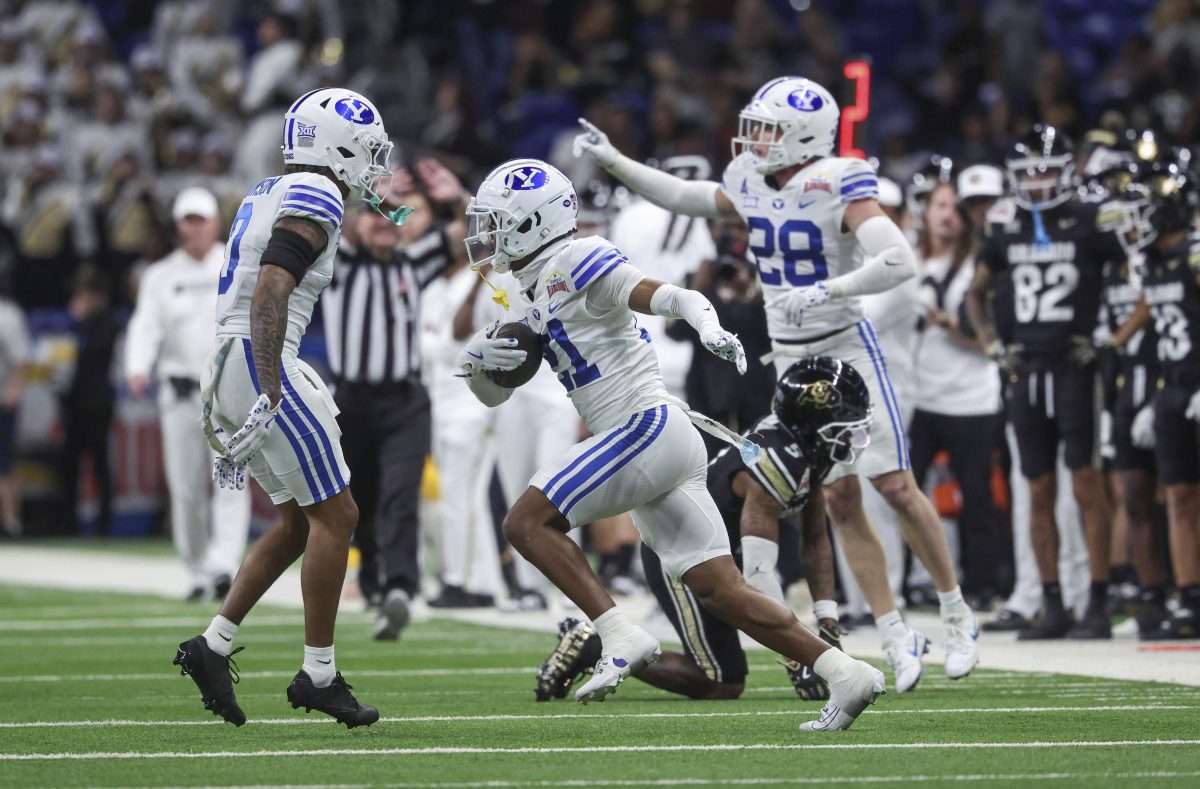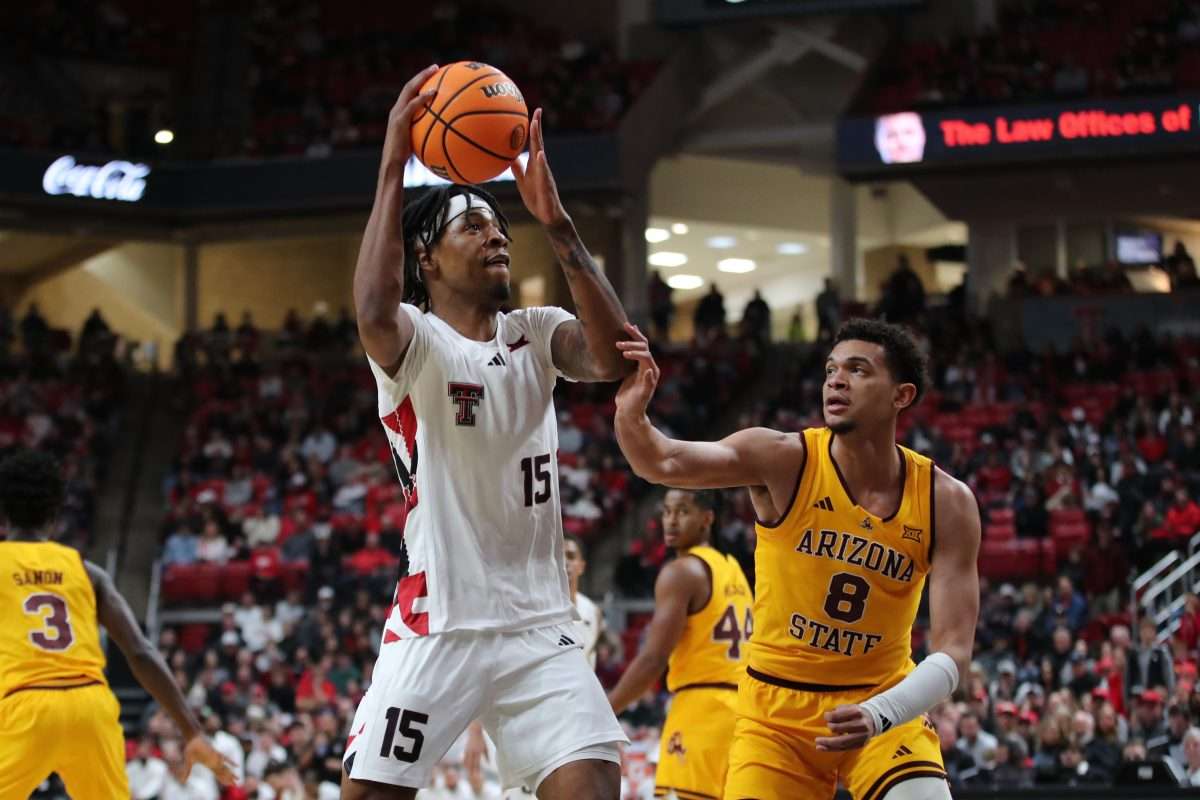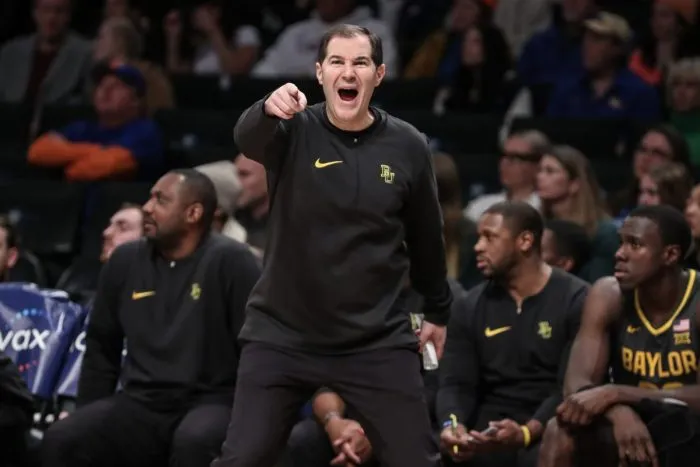KANSAS CITY, Mo. — The Texas Tech Red Raiders defeated the Baylor Bears, 76-74, in the Big 12 Tournament quarterfinals on Thursday at T-Mobile Center.
While the Red Raiders get ready to play in the Big 12 Tournament semifinals on Friday, here are three things I noticed while covering the game here in KC, including Tech’s parallel to the 2019 national finals team, Baylor’s unsung hero and the reason why the Bears can give teams fits in the NCAA Tournament.
TECH’S DISTANCE PROWESS
In eight years of covering this conference, I can say that Texas Tech has had some solid 3-point shooters. That takes us back to the days of Keenan Evans.
But, under Chris Beard and Mark Adams, the Red Raiders struggled to find multiple 3-point options consistently. I’ve always felt that was the one thing the program was missing from season to season.
Well, coach Grant McCasland has a group of shooters that may be the best in program history. From distance, they’re exceptional.
I looked at the live stats with 15:39 left in the second half and the Red Raiders were at 61% from distance. They had made 14 3-pointers. Those made 3-poiners came from five different players. By the end of the game it was down to 44%.
Some were the usual suspects like All-Big 12 guard Darrion Williams, who made all four of his during the first half. One even came from JT Toppin.
But Kerwin Walton went off. He had four 3-pointers in the first half. He doesn’t always do that, and it was perfect timing considering Chance McMillian didn’t make a 3-pointer and only played 13 minutes.
“Five players were hitting 3’s. It was amazing. They couldn’t have played better in that first half,” said Baylor forward Norchad Omier.
It’s not hard to pick it out on the stat sheet. The Red Raiders shoot nearly 38% from the arc. Three of their options shoot better than 40%, including Walton. That doesn’t include Elijah Hawkins, who can shoot the 3 but the Red Raiders are better off when he dishes out a double-double with points and assists, as he did on Thursday.
The 2019 national finalist team had that type of 3-point shooting. They weren’t far off this season’s percentage — that group shot 36.8%. That team also had sharpshooters that could hit 40% or better, including Davide Moretti and Kyler Edwards.
That’s why I’m high on Texas Tech in the NCAA Tournament. The Red Raiders have the shooting outside. Toppin is the best interior scoring option they’ve had in the eight years I’ve covered the league. And a Top 26 Ken Pom defensive rating will do just fine. All of that was on display in the quarterfinals. All of that will play well in March Madness.
NORCHAD OMIER’S GUTTINESS
Josh Ojianwana suffered his season-ending injury on Feb. 8. After that, Baylor coach Scott Drew had basically six players he could rely on and he had to ask his forward, Norchad Omer, a 6-foot-7 forward, to be his center. It’s not a role he’s suited for. He’s better as a four, and with Ojianwana on the floor Omier was among the best power forwards in the Big 12, if not the country.
So, he stepped up. You may not have noticed it, but I did. In the nine games since the injury, he has 138 points and 104 rebounds, or 15.3 points and 11.5 rebounds per game.
But, what he did on Thursday night was an example of a player saying, “I just gotta go do this.”
This was his best game of the stretch. He scored 29 points and grabbed 15 rebounds. He handled a lot of the scoring lift because the Red Raiders were dedicated to slowing down future NBA Lottery pick VJ Edgecombe, who had 11 points. Omier ended up in foul trouble and had to sit for a while in the second half.
Omier’s night wasn’t just exceptional it was efficient. He shot 12-of-18 from the field and 5-of-6 from the free-throw line.
Trust me — NBA scouts are going to watch that film, especially if they weren’t in the building. What I saw was a do-everything player that can score, rebound and defend, even when being asked to do things he’s not used to doing.
If you’re looking for a reason why Baylor hasn’t fallen out of the NCAA Tournament bracket, look no further than Omier.
THE ZONE FACTOR
It’s been rather chaotic watching Baylor the last month. Since February the Bears have been a .500 team and treading water to get to the NCAA Tournament. I think the Bears are in, and if they end up being a No. 9 or a No. 10 seed, as Bracketology suggests, I wouldn’t want to play them in the second round.
Why? The Bears will run that zone defense at you.
For many years Baylor played what Scott Drew once told me was a “modified 1-3-1” zone he borrowed from the legendary Jerry Tarkanian. It’s actually what many call the “amoeba” defense, which was created by Fran Webster and enhanced by one of Tark’s assistants, Tim Grgurich.
“They did a good job of recognizing different formations and how to match up and they change how they play the zone depending on where you are,” Texas Tech coach Grant McCasland said.
He got away from using it during the 2021 national title run because he had so many good man-to-man defenders and that plays well in the Big 12.
Drew is using it more now for one simple reason — he’s short on numbers and the zone helps give his players a chance to catch their breath on the defensive end.
It also gives opposing teams fits because, frankly, most teams don’t use a zone often, much less one that isn’t that traditional.
The amoeba is nuts to watch when you have a view from the hockey press box, which I did (so glad I didn’t take Jeff Goodman’s advice and stay home). It looks like a 1-3-1 and then it looks like a 2-3. At various times, it can look like a man-to-man with box-and-one principles. It’s incredibly difficult to dissect from a sky view, much less on the floor.
It’s not a traditional zone. Passing doesn’t always lead to shifting the defense. Sometimes no one moves and it just keeps you guessing.
But it still has the intended effect — it makes the offense passive. What happens when you pass the ball around the perimeter a few times and you can’t get it inside? Well, you take a shot. Do that a few more times and you just forget about passing and shoot.
That defense lulled Tech into that late in the game. The Red Raiders became too reliant on one-on-one play and stopped passing. It led to empty possessions and kept Baylor in the game until the end.
That’s what makes Baylor dangerous in the NCAA Tournament. The Bears can keep a game close with that defense. The Bears’ problem was they couldn’t make enough baskets down the stretch. With that defense, Baylor can be a real problem.
You can find Matthew Postins on Twitter @PostinsPostcard.





